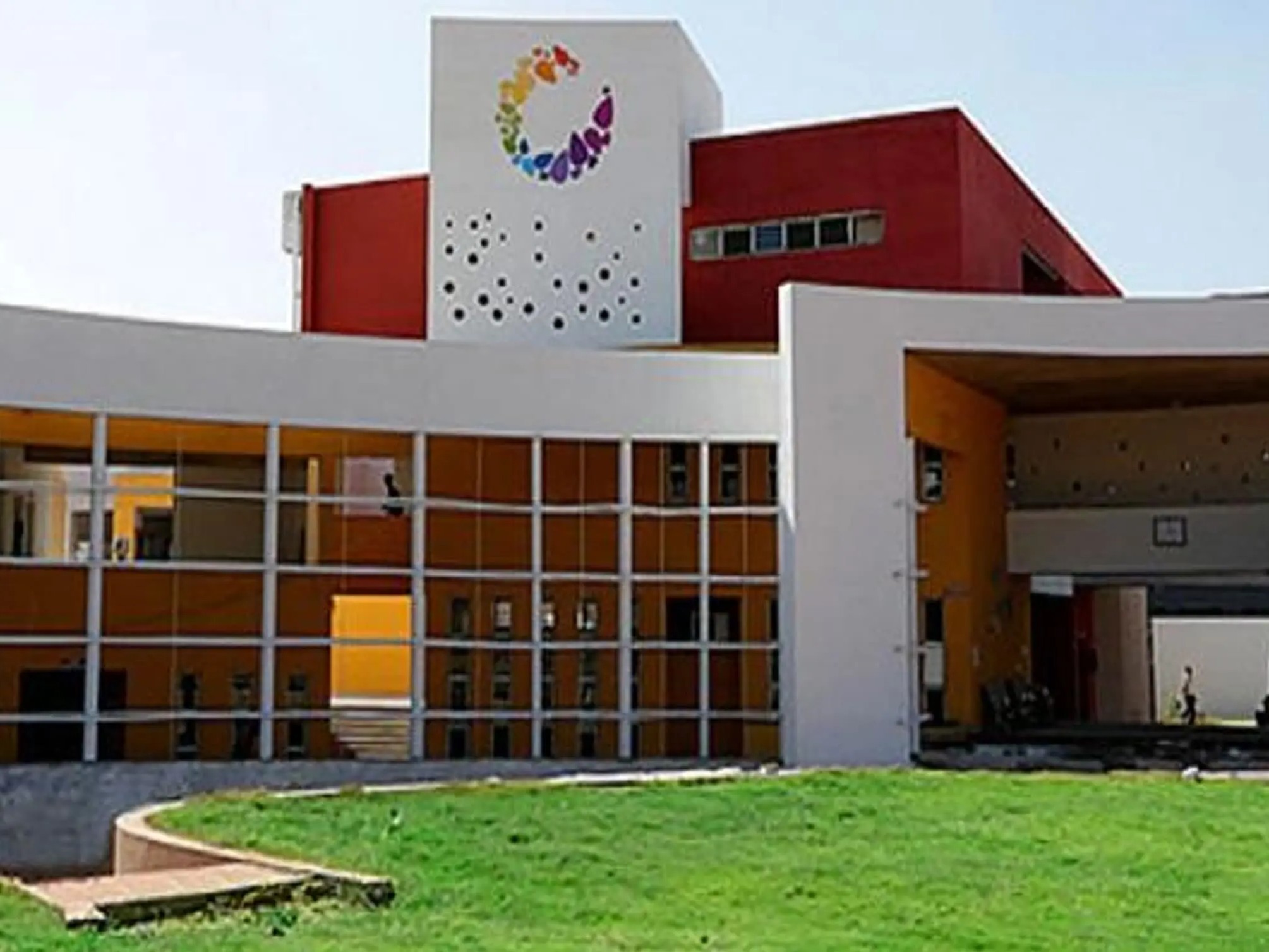What’s the heart disease scenario in India?
India is a vast country of a billion-plus people of diverse religions, cultures, castes, languages, social strata etc. And as if to replicate this diversity, we have a whole gamut of cardiovascular disorders afflicting our country. Today, we find ourselves in the midst of a large cardiovascular epidemic. With 32 million affected persons, we are already the diabetic capital of the world. By 2025, with an estimated 70 million cases, we will have the unfortunate distinction of being the cardiovascular disease (CVD) capital of the world as well. Even today, CVDs account for 29 per cent of all deaths in India. By 2015, the estimated loss to our national income from CVD is projected to rise to $54 billion. In addition, rheumatic heart disease is still rampant and continues to strike the young in their most productive years. Our ever-increasing population base has ensured a large burden of congenital heart disease cases as well.
What’s the demand and supply of cardiologists in India? How many cardiologists per, say, 1,000 heart patients, do we have in India? What’s the ideal ratio?
To take care of this large population of patients we require a very large number of well-trained cardiologists who not only can diagnose the disease, treat it medically but are also well-versed in the latest innovations in interventional procedures. Every year, about 27,000 doctors graduate from Indian medical colleges. But, more than 75 per cent of Indian doctors are based in cities, whereas about 70 per cent of patients in the country are village-based. According to government of India figures, the doctor-population ratio was a sparse 1:1722 in 2005. As far as super-specialisation is concerned, the situation is grimmer — we are still far away from achieving the ideal patient-doctor population ratio in India.
What does it take to succeed as a cardiologist?
No doubt you have to be well-qualified and trained from a reputable institute to succeed as a cardiologist as is true for any professional. The field of cardiology is challenging to the extent that now even amongst cardiologists there are cardiology specialists — interventional cardiologists (treat coronary and other heart disease percutaneously by balloons and stents), non-invasive cardiologists (have skills and training in diagnostic procedures like echocardiography), paediatric cardiologists (specialise in congenital heart disease), electrophysiologists (manage heart rhythm disorders by pacemakers, devices and radiofrequency ablations).
But more important is being a passionate, caring and honest human being.
Frequently Asked Questions
Sorem ipsum dolor sit amet consectur adipiscing elit sed eius mod nt labore dolore magna aliquaenim ad minim sorem ipsum dolor sit amet consectur adipiscing elit sed eius modam.
Sorem ipsum dolor sit amet consectur adipiscing elit sed eius mod nt labore dolore magna aliquaenim ad minim sorem ipsum dolor sit amet consectur adipiscing elit sed eius modam.


